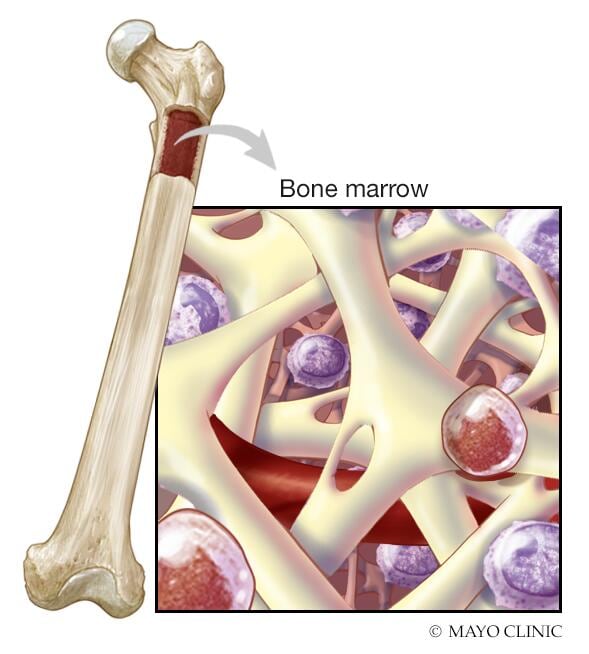Very Severe Aplastic Anemia (VSAA)
- Severe pancytopenia.
- Absolute neutrophil count (ANC) < 200 cells/μL.
- Platelet count < 20,000/μL.
- Reticulocyte count is typically low.
Severe Aplastic Anemia (SAA)
- Pancytopenia with slightly higher blood cell counts than VSAA.
- ANC < 500 cells/μL.
- Platelet count < 50,000/μL.

Moderate Aplastic Anemia
- Mild to moderate reduction in blood cell counts.
- ANC may be higher than in SAA but still reduced.
- Platelet count generally higher than in SAA.
Non-Severe Aplastic Anemia
- Minimal reduction in blood cell counts.
- ANC and platelet count may be close to normal.
- Mild symptoms, if any, are present.




